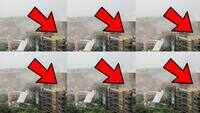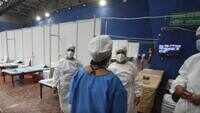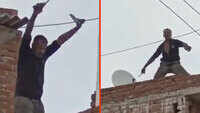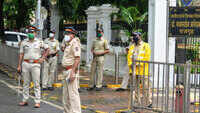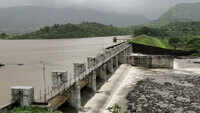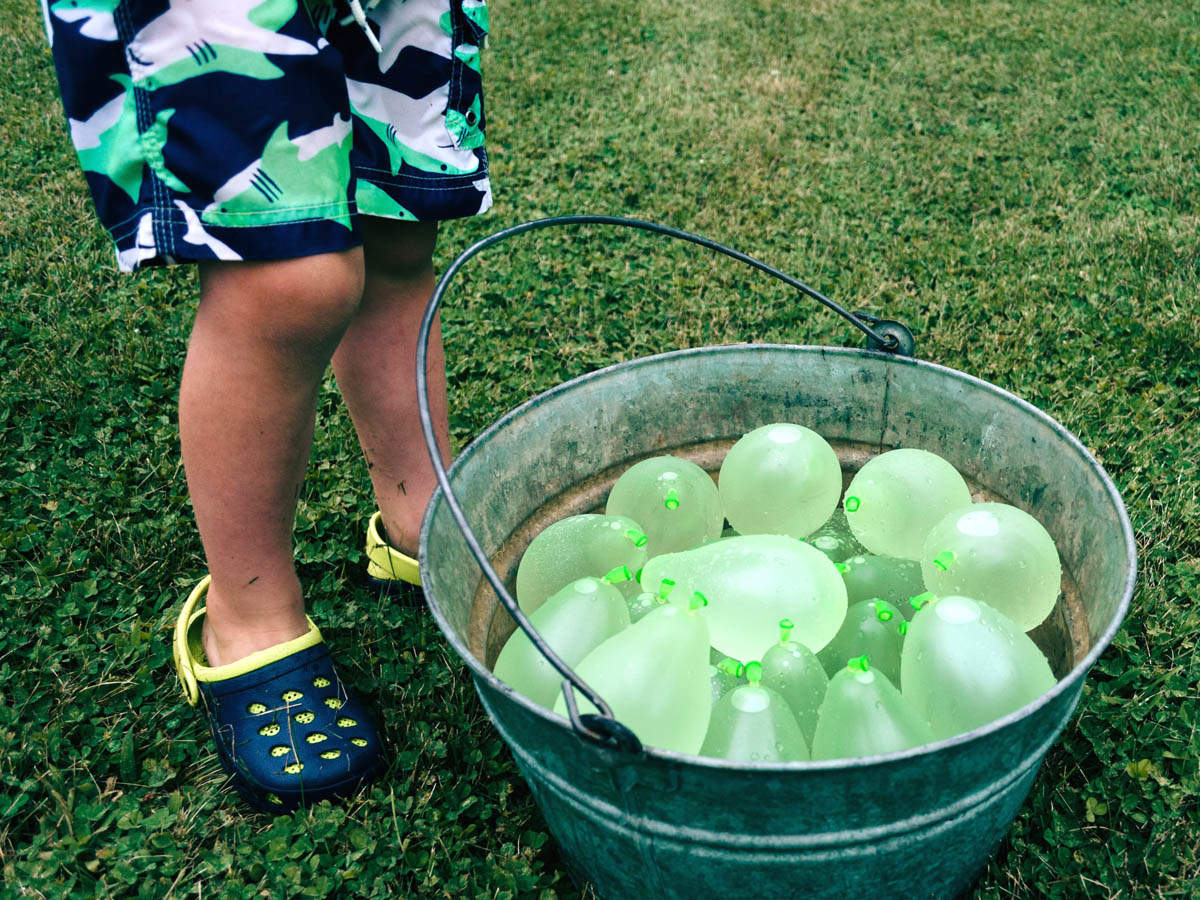
NEW DELHI: It is going to become tougher for people under home quarantine to break rules with the government deciding to utilise the Itihas technology as a “digital eye” to keep a tab on high-risk individuals. It will not only track their travel histories through mobile towers but also store the information in dedicated servers to make projections about emerging clusters of Covid-19.
A combination of Aarogya Setu app and the Itihas surveillance infrastructure will be used in the capital as a long-term strategy to keep the novel coronavirus spread under check. Officials who are part of district surveillance teams and the disease monitoring mechanism are getting trained by National Centre of Disease Control and Integrated Disease Surveillance Programme to use the dual-tracking system, which will also enhance contact-tracing efforts.
A senior corporation official said a session was held on Tuesday through videoconferencing. “Just like the name suggests, Itihas keeps a track of the movement history of individuals. Mobile towers record the movement and Itihas servers preserve the information,” he said. By combining the data from Aarogya Setu and Itihas, “we will be able to narrow down on focus areas where a large number of high-risk individuals are moving around and localised steps can be taken”, he added.
Another official said the move would help in contact tracing. “If an individual leaves his house before the mandatory home quarantine period is over, Itihas will flag it. Itihas also bypasses the problem of bluetooth not being activated for Aarogya Setu as it works on mobile networks,” he said. While Aarogya Setu is based on self-assessment by the user and bluetooth data, Itihas uses orientation of mobile towers, he added.
Itihas, anchored by the electronics and information technology ministry, is capable of tracking movements and projecting cluster development in a 300m area. The surveillance system will be guided by an IT-driven tool at district- and state-level hubs, and teams will consist of epidemiologists, district surveillance officers and IT personnel.
“The training session focused on multiple uses of the Itihas technology. Carrying out frequent door-to-door surveys for a population of 2 crore is not possible,” the official said. Delhi, with its high mobile penetration, provides an ideal field for the technology. While more than 70 lakh people have downloaded Aarogya Setu, 12,000 positive cases have been detected till date through this app, the official said.
The combined use of Itihas along Aarogya Setu first came into effect as per the recommendations of a committee headed by Niti Aayog member Prof V K Paul. Based on the recommendations, a new Covid response plan was worked up to strengthen surveillance response in the capital.
A combination of Aarogya Setu app and the Itihas surveillance infrastructure will be used in the capital as a long-term strategy to keep the novel coronavirus spread under check. Officials who are part of district surveillance teams and the disease monitoring mechanism are getting trained by National Centre of Disease Control and Integrated Disease Surveillance Programme to use the dual-tracking system, which will also enhance contact-tracing efforts.
A senior corporation official said a session was held on Tuesday through videoconferencing. “Just like the name suggests, Itihas keeps a track of the movement history of individuals. Mobile towers record the movement and Itihas servers preserve the information,” he said. By combining the data from Aarogya Setu and Itihas, “we will be able to narrow down on focus areas where a large number of high-risk individuals are moving around and localised steps can be taken”, he added.
Another official said the move would help in contact tracing. “If an individual leaves his house before the mandatory home quarantine period is over, Itihas will flag it. Itihas also bypasses the problem of bluetooth not being activated for Aarogya Setu as it works on mobile networks,” he said. While Aarogya Setu is based on self-assessment by the user and bluetooth data, Itihas uses orientation of mobile towers, he added.
Itihas, anchored by the electronics and information technology ministry, is capable of tracking movements and projecting cluster development in a 300m area. The surveillance system will be guided by an IT-driven tool at district- and state-level hubs, and teams will consist of epidemiologists, district surveillance officers and IT personnel.
“The training session focused on multiple uses of the Itihas technology. Carrying out frequent door-to-door surveys for a population of 2 crore is not possible,” the official said. Delhi, with its high mobile penetration, provides an ideal field for the technology. While more than 70 lakh people have downloaded Aarogya Setu, 12,000 positive cases have been detected till date through this app, the official said.
The combined use of Itihas along Aarogya Setu first came into effect as per the recommendations of a committee headed by Niti Aayog member Prof V K Paul. Based on the recommendations, a new Covid response plan was worked up to strengthen surveillance response in the capital.

Coronavirus outbreak
Trending Topics
LATEST VIDEOS
More from TOI
Navbharat Times
Featured Today in Travel
Get the app
